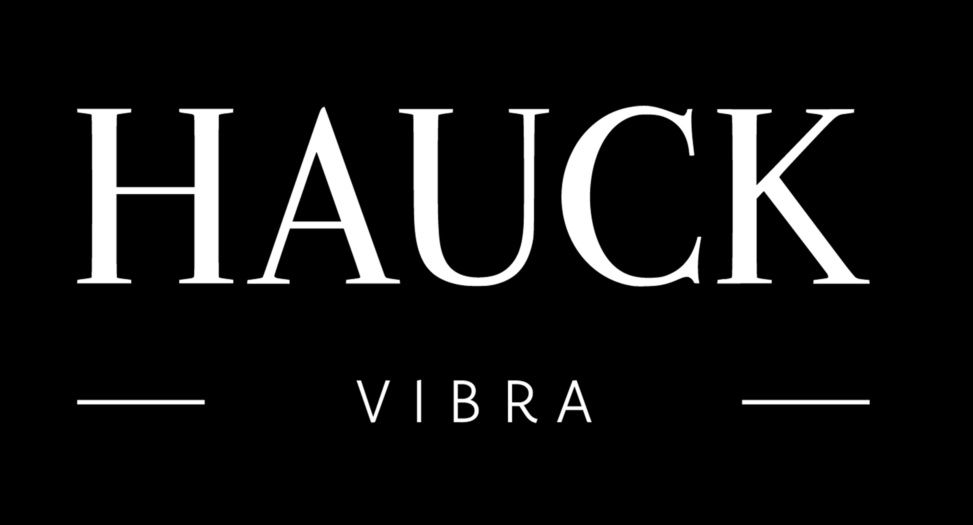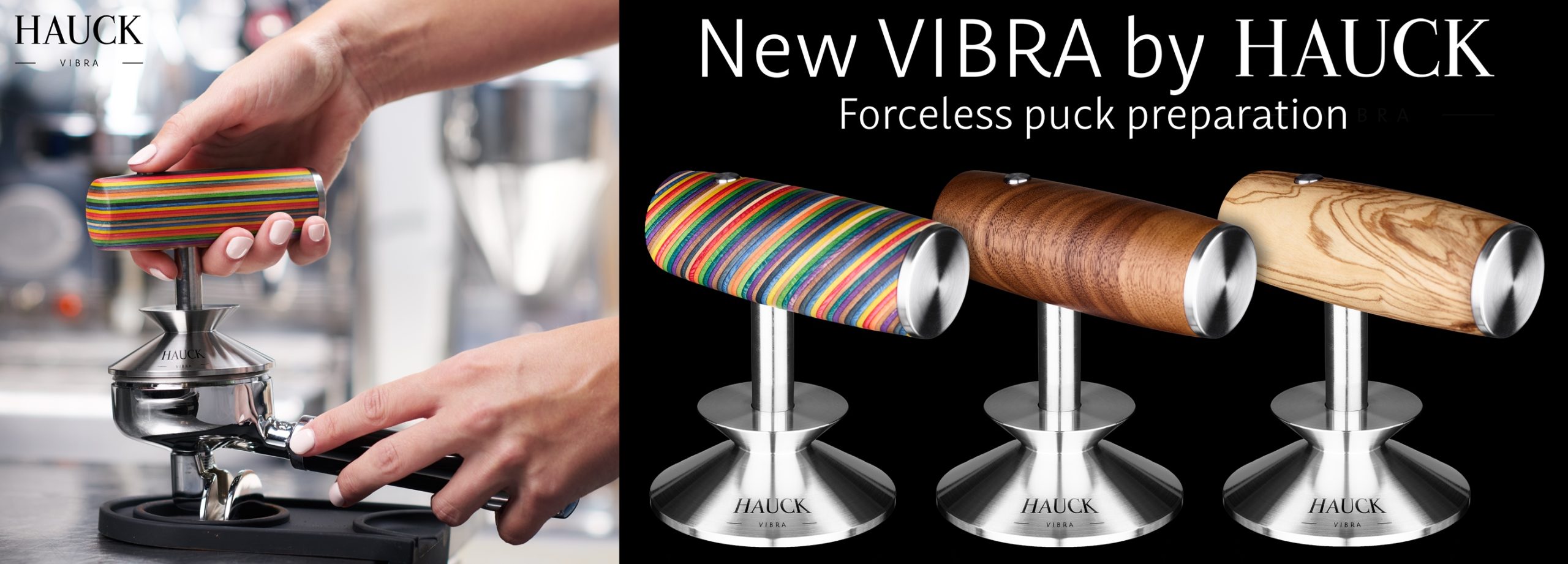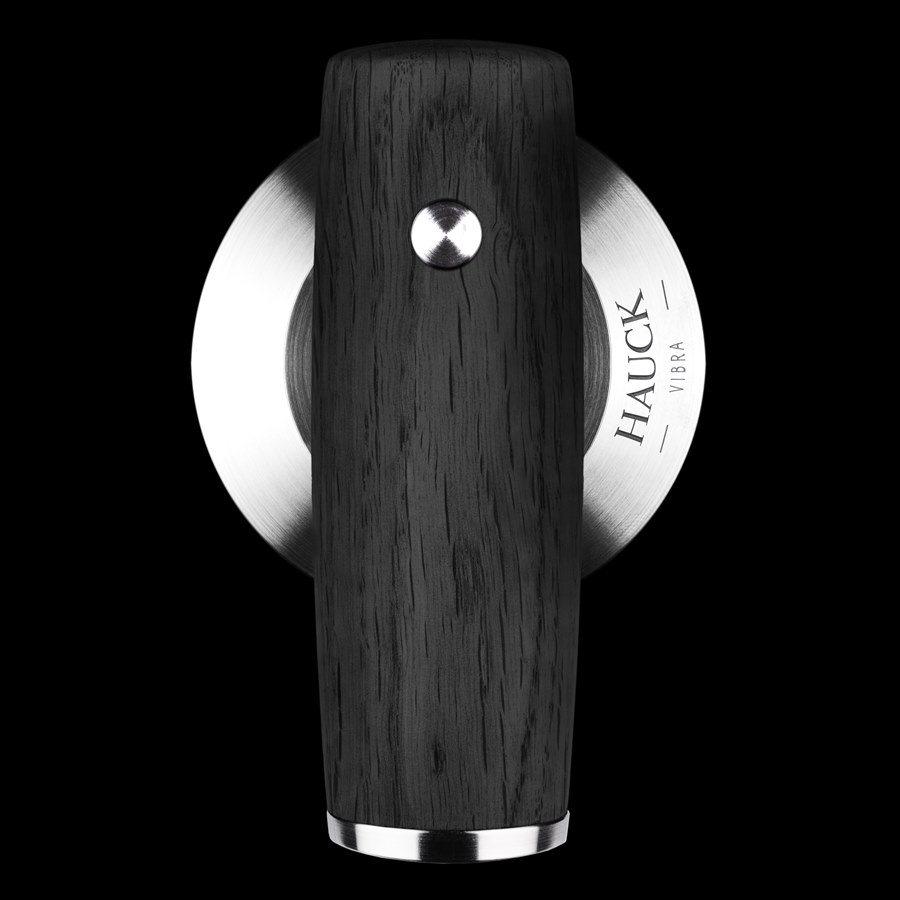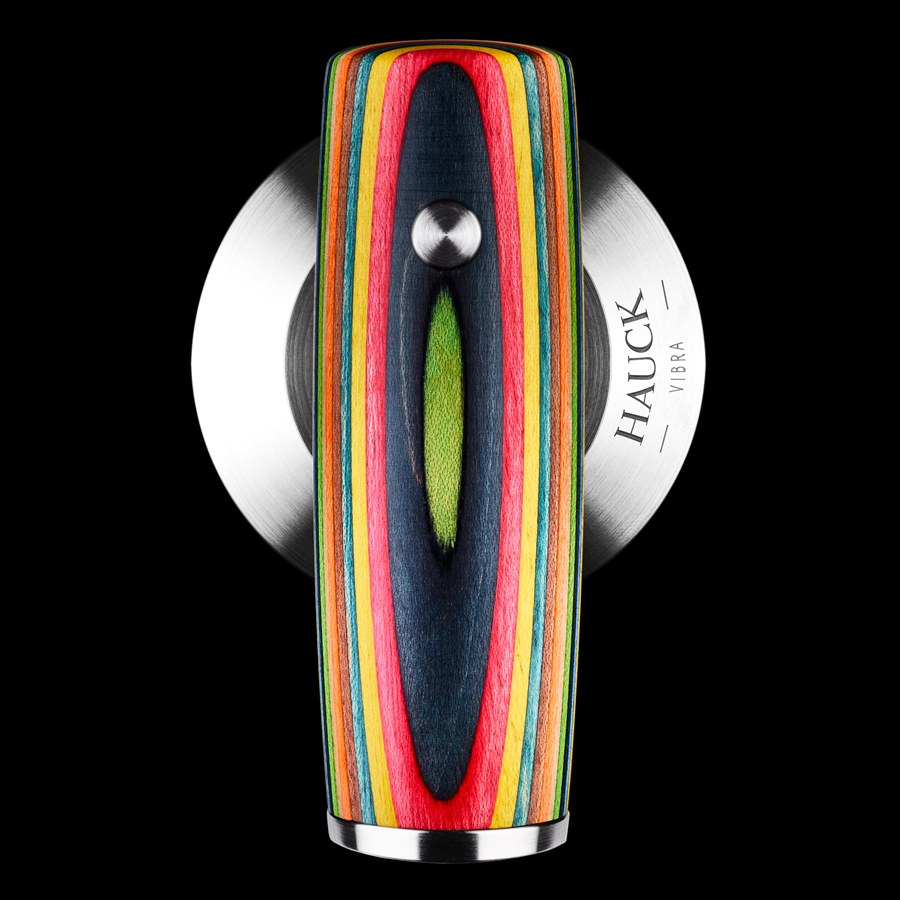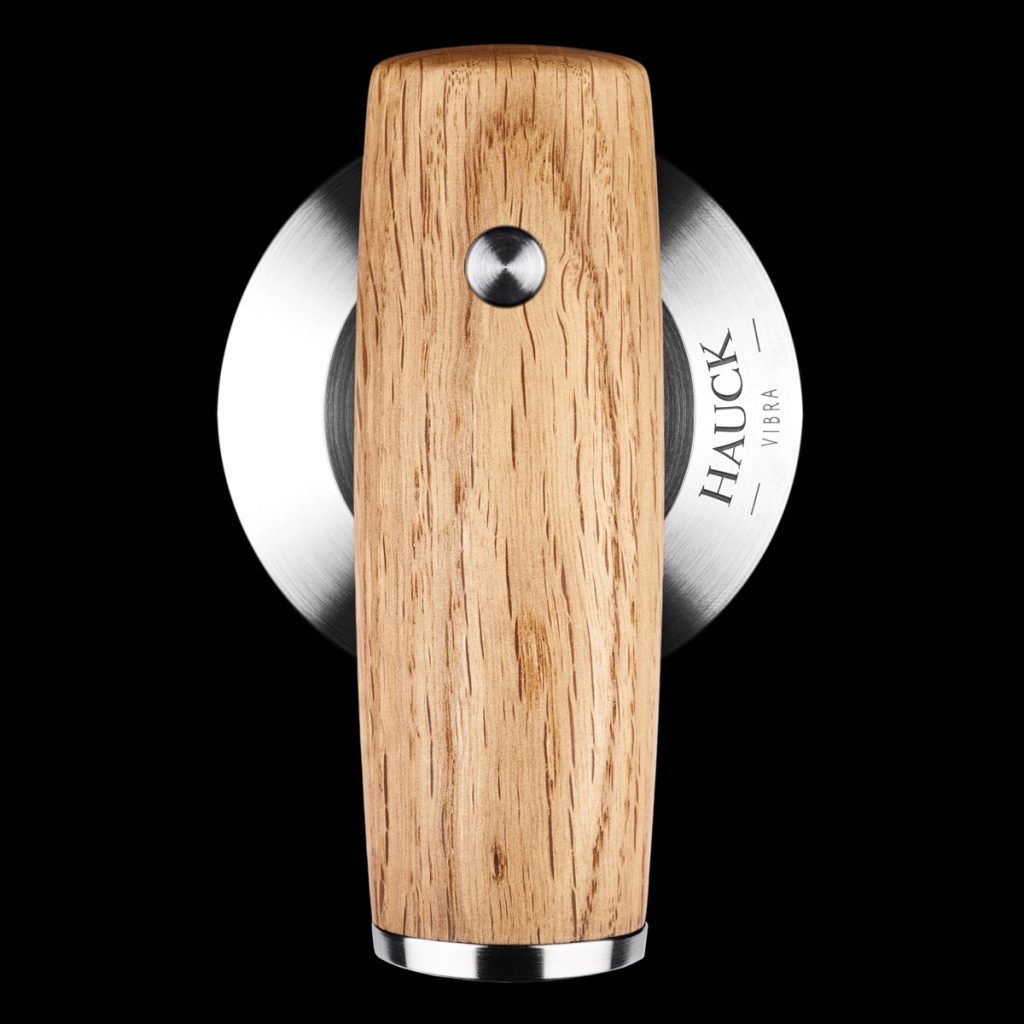State of the art Puck Preparation
To achieve a perfect espresso, the preparation of the puck after grinding is of particular importance, as its composition controls its own extraction. To ensure the most complete extraction possible, the water must be distributed very evenly over all the coffee particles, both horizontally and vertically within the portafilter. A well-prepared puck thus exhibits the following characteristics:
- Homogeneity: The spaces between the coffee particles are evenly distributed within the portafilter.
- Flatness/Symmetry: The surface of the puck is smooth and parallel to the top edge of the portafilter.
- Stability/Robustness: The particles are well interlocked and do not change their position when water flows in.
There have always been different views and opinions on the best procedure for puck preparation to ensure reliable extraction. Nowadays, WDTs (Weiss Distribution Technique) and levelers are used to homogenize the coffee grounds. During the subsequent tamping, the coffee particles are compressed and interlocked by applying a static force of about 200 Newtons or 20kg. Overall, puck preparation consists of up to three steps, with the coffee grounds sometimes sprayed with water to reduce their electrostatic properties.
The difficulty with puck preparation is that the result is only known after extraction – when it is already too late for adjustments. If signs of channeling and inhomogeneities are discovered, this is often due to inadequate puck preparation. Correct tamping is particularly challenging for many (home) baristas, as it involves compressing the coffee grounds vertically with a relatively high force in an ergonomic position. Not without reason, this step is often the least enjoyable and requires a lot of practice to perform correctly, especially among users and particularly women. At the end of the (strenuous) puck preparation, the question often remains: Did I do everything right?
Introducing Hauck Vibra
With the new Hauck Vibra, you can confidently answer this question with a yes – no matter who, no matter which day – and all with an extremely high fun factor.
By applying high-frequency vibrations, the coffee particles are naturally distributed in the portafilter, simultaneously compressed to the optimum level, and interlocked. Pre-distribution with WDTs and levelers is no longer necessary; on the contrary, coffee grounds loosely placed in the portafilter after grinding are the ideal starting point for using the Vibra. Another benefit of the vibration: it reduces the friction between the coffee grounds particles and the sieve, making the application of static force almost unnecessary. Combined with the horizontal handle, this allows for particularly gentle and ergonomic handling. The result is a Vibra-puck that matches a carefully prepared puck using WDT, leveler, and dynamometric tamper – but achievable by anyone in just 2 seconds.
Everyone who has had the chance to test it has been thrilled. Compared to conventional methods, the Hauck Vibra offers an exceptional preparation experience. During our extensive testing phase, we received consistent feedback from baristas and home users that the Vibra brings an extremely high fun factor, leading to slight withdrawal symptoms when returning to conventional tamping.
Design
The design of the Hauck Vibra is characterized by simple beauty and maximum functionality. The selection of the highest quality materials makes the Vibra the perfect complement to any premium portafilter machine and grinder.
While the horizontal handle houses the intelligent vibration unit and the USB-C rechargeable battery, it simultaneously allows for ergonomic handling and guidance during preparation. The handles are available in various woods, including recycled skateboard wood, and harmonize excellently with the brushed stainless steel.

The vertical axis is mounted slightly off-center on the handle, a feature that has proven particularly user-friendly in tools like screwdrivers. The button, made of stainless steel, allows not only for the start of the Vibra but also for the selection of 4 different operating modes and the adjustment of the operating time in a particularly easy manner.
The so-called X-Base of the Vibra serves as both a design element and a vertical guide for the base beneath it. The high-precision bearings within the X-Base eliminate any unwanted vibrations in the base, allowing for a focused transmission of vibration impulses into the coffee grounds. A specially designed rubber ring also decouples the X-Base from the base as well as from the portafilter itself. The X-Base has no fixed stop point, making it possible to achieve large immersion depths of over 30mm without any issues.
The dimensions of the Hauck Vibra are approximately 100x70x100mm, comparable to a standard tamper. The bases are interchangeable and available in different sizes.
Vibration Science
The use of vibration for the compaction of powders and flours is very widespread in technology. There are many examples of the intelligent use of vibration properties. For instance, the artificial Palm Islands in Dubai could only be constructed because the artificially piled sandbanks were solidified using large vibrating machines, making them resistant to ocean currents. Similarly, vibrating compression units are used in the production of medications and tablets to prevent cracks and other unwanted defects. In road construction, vibrating rollers and compactors are used because the necessary compaction of the soil cannot be achieved through static force alone.
In puck preparation, vibration combined with the vertical guidance of the Vibra leads to the natural redistribution of particles in the portafilter and their firm interlocking. Vibration achieves the point of incompressibility of the coffee grounds, where further compression has no additional effect on extraction, without the need for static force. The frequency and amplitude of the vibration are of great importance. In the Hauck Vibra, these parameters are specifically tuned to the properties of coffee grounds. This allows even inexperienced baristas to prepare excellent pucks in just 2 seconds.
Sustainability
Sustainability and environmental awareness were central to the design of the Vibra. We designed it so that in the unlikely event of a malfunction, the Vibra can be quickly and efficiently repaired. The materials used have a particularly low CO2 footprint and can be almost 100% recycled. By producing and assembling the Vibra 100% in Austria, we save additional emissions and simultaneously strengthen the local economy.This commitment extends to the packaging as well. Like all other Hauck products, the Vibra is delivered in environmentally friendly and high-quality wooden packaging.
Quality
For over 12 years, Hauck products have stood for the highest quality and exceptional customer service. Each Hauck Vibra is individually tested in various ways before delivery. In addition to the vibration unit, the focus is particularly on the high-precision manufacturing of the axis and X-Base.
The Hauck Vibra is 100% developed and manufactured in Austria. The great advantage here is the proximity to suppliers and personal relationships, which are essential for maintaining a high level of quality.
Tech Specs
- Weight: 500g
- Length: 100mm
- Width: 70mm
- Height: 95mm
- Immersion Depth: 35mm
- Base Diameter: 58-58.45mm
- Materials: Wood, Stainless Steel
- Battery: 3.6V, USB-C rechargeable, CR123a
Otto and Alex
Otto Hauck and Alexander Neagos share a love for coffee and a passion for high-quality handcrafted products. Otto Hauck founded Hauck Barista Tools over 12 years ago and now equips some of the most successful baristas with professional preparation tools. The Hauck S-Tamper has been the benchmark for precise tamping since its introduction and is based on Otto Hauck’s patented idea of the dynamometric tamper.

Alexander Neagos
Alexander Neagos is a PhD mechanical engineer specializing in fluid dynamics and heat and mass transfer, who discovered his passion for espresso over 10 years ago. To make espresso preparation easier for his wife, he developed the first prototype of a Vibra Tamper about two years ago and applied for a patent for the idea. During a patent search, he came into contact with Otto Hauck.
Otto Hauck managed to launch the product within a year. It was presented at the World of Coffee 2024 in Copenhagen.
The reward was the SCA Best New Product Award.
